9 Blisters, infections: Herpes simplex virus
Figure 9.1 Herpesviruses and their diseases.
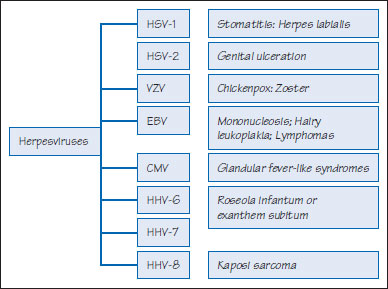
Figure 9.2 HSV pathogenesis.
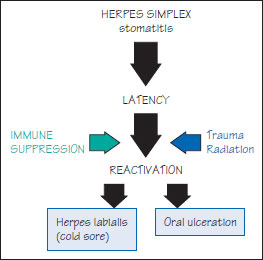
Figure 9.3 Herpetic stomatitis.
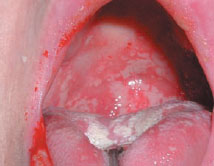
Figure 9.4 Primary herpetic gingivostomatitis.
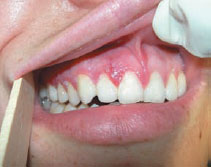
Figure 9.5a Herpes cytology.
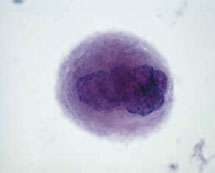
Figure 9.5b Herpes immunostaining.
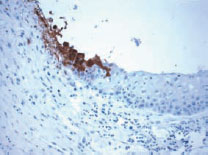
Figure 9.5c Herpes electronmicroscopy.
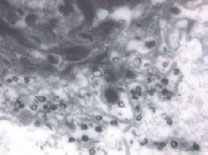
Figure 9.6 Herpes simplex recurrence (herpes labialis).
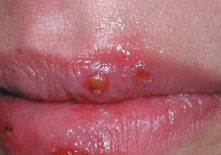
A range of infections, mainly viral, can produce oral blistering, but most patients present with ulceration after the blisters break. Herpesviruses are frequently responsible (Figure 9.1). Affected patients are largely children and there is often fever, malaise and cervical lymphadenopathy. More severe manifestations and recalcitrant lesions are seen in immunocompromised people.
Herpes simplex
Definition: Herpes simplex virus (HSV) infection is common and affects mainly the mouth (HSV-1 or human herpesvirus-1; HHV-1), or genitals or anus (HSV-2; HHV-2). Initial oral infection presents as primary herpetic stomatitis (gingivostomatitis). All herpesvirus infections are characterized by latency (Figure 9.2), and can be reactivated. Recurrent disease usually presents as herpes labialis (cold sore).
Prevalence (approximate): Common.
Age mainly affected: Herpetic stomatitis is typically a childhood infection seen between the ages of 2–4 years, but cases are increasingly seen in the mouth and/or pharynx in older patients.
Gender mainly affected: M = F.
Etiopathogenesis: HSV, a DNA virus, is contracted from infected skin, saliva or other body fluids. Most childhood infections are with HSV-1, but HSV-2 is of/>
Stay updated, free dental videos. Join our Telegram channel

VIDEdental - Online dental courses


